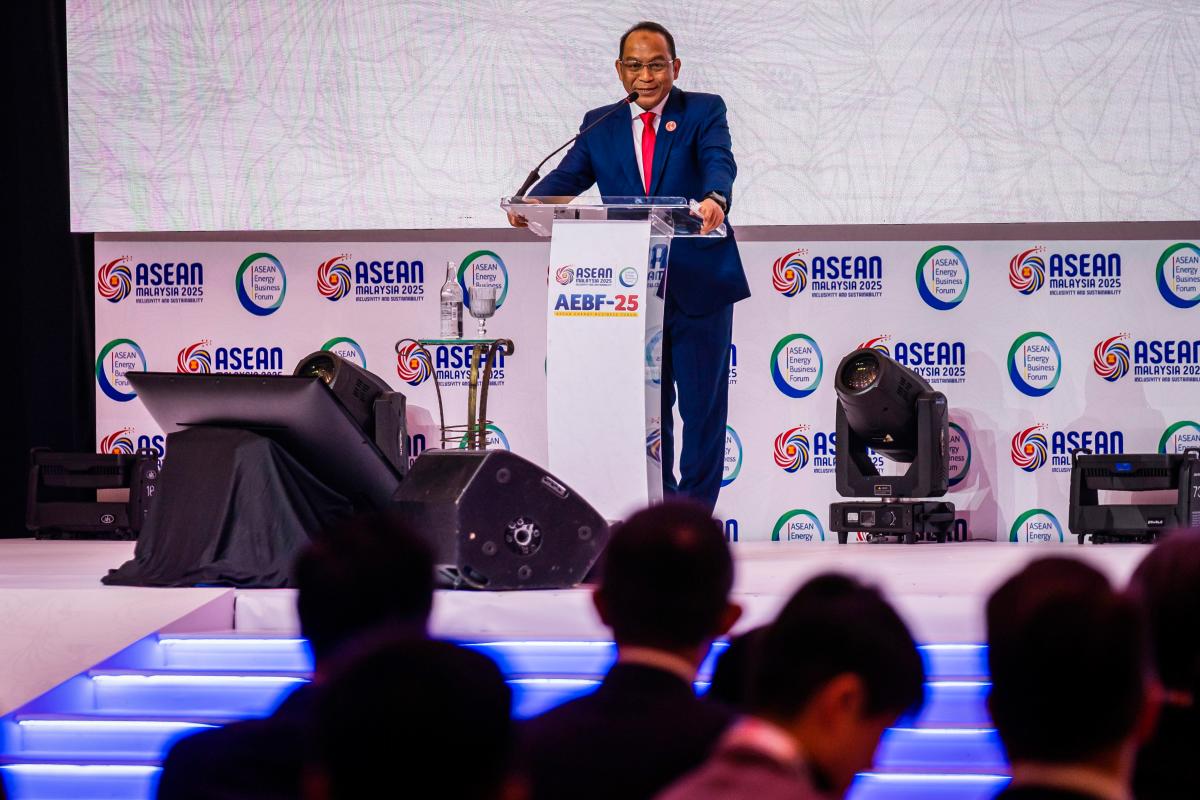KUALA LUMPUR: Asean is targeting the first multilateral power trade by 2030 under the Asean Power Grid (APG), said Asean Centre for Energy executive director Datuk Razib Dawood.
Razib said Asean member states are working to harmonise minimum technical and operational standards to enable cross-border electricity trade while respecting national energy policies.
“The timeline depends on completing the key building blocks, physical links, harmonised frameworks, market readiness, and political will,” he told reporters at the Asean Energy Business Forum today.
He said Asean requires close to US$670 billion (RM2.8 trillion) in investment to realise its full grid integration vision.
“It’s so huge that not one bank can do this alone. The Asian Development Bank is taking the lead through the Asean Power Grid Financing Framework, focusing on identifying visible, bankable projects and coordinating between major financiers and governments.”
He said this initiative may bring together multilateral development banks such as Asian Infrastructure Investment Bank, and private financiers such as HSBC, Standard Chartered, Maybank and central banks to mobilise funding.
Razib said the integration is seen as a win-win that enhances energy security, attracts private investment, and positions Asean as a model for regional power cooperation.
He cited the Putra Heights natural gas pipeline explosion, where Thailand supplied emergency standby gas through an existing pipeline link.
“Luckily, we have a natural gas pipeline connected to Thailand. Otherwise, we would have been in trouble. Malaysia would have had to reduce supply, ration gas to factories and so on, which would have impacted the economy. But with an interconnected system, your neighbour can actually assist you.”
Razib stressed that political commitment will be the decisive factor in achieving the 2030 target. “This is the new ingredient ... political capital. Governments are now showing they are serious after years of talking.”
He added that Asean’s power grid integration could spur economic integration and renewable energy growth, allowing countries to share spinning reserves and support one another during crises.
Regional integration, he said, could also reduce infrastructure costs and optimise economic efficiency.
“We can avoid spending money locally by buying from your neighbours. The money saved can go to other infrastructure like schools or healthcare,” he said.
Razib said Asean has shortlisted 18 inter-connection projects deemed technically and financially viable.
“These include Sumatra interconnection projects, Sarawak-Peninsular Malaysia link, Vietnam-Laos-Thailand-Cambodia-Greater Mekong-Singapore corridors, Malaysia-Thailand and Malaysia-Singapore links, Indonesia’s archipaelagic connections across Sabah, Sarawak, Brunei, and West Kalimantan and Future extensions to the Philippines.”









